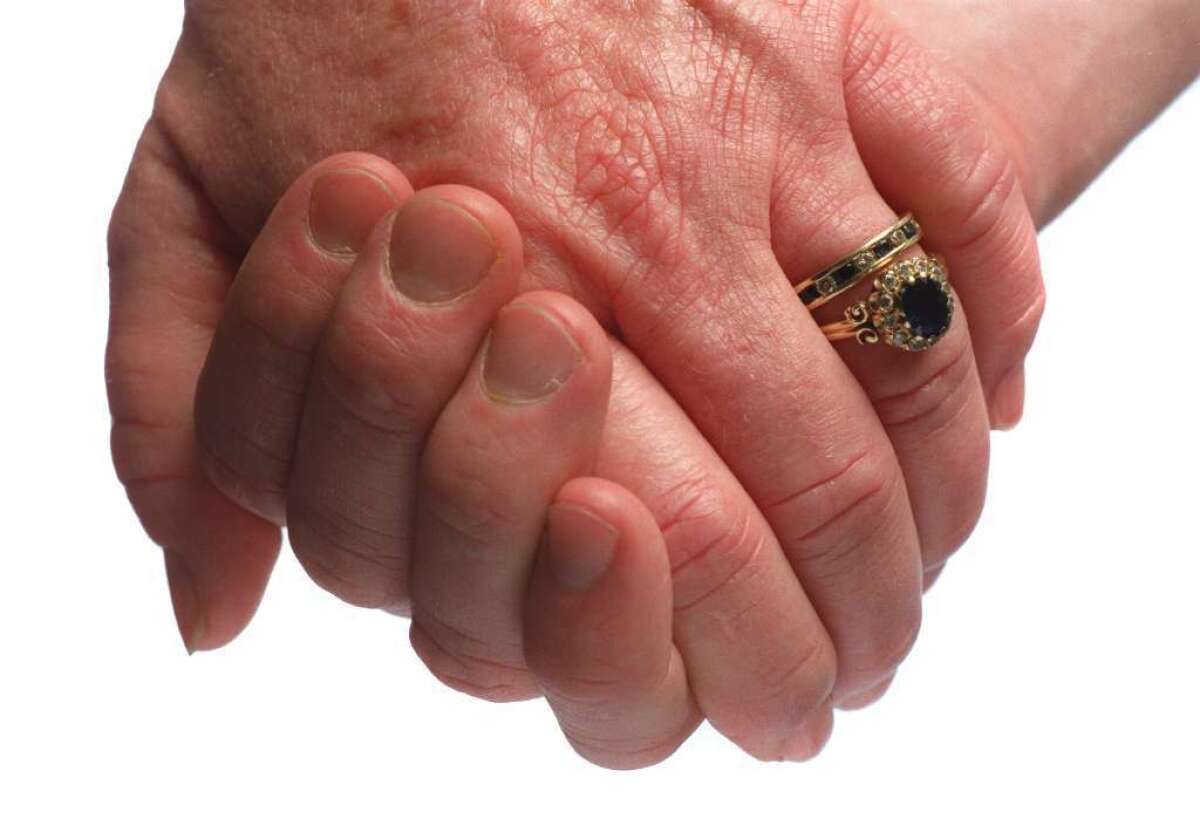Study reveals surprise about the sex lives of women in midlife

Researchers have some good news for women and their partners -- those who are sexually active during middle age are likely to remain sexually active in the coming years.
That conclusion, published online Monday by JAMA Internal Medicine, is based on survey results of 534 women who were being followed as part of a study that began in 2005. The study, known as Do Stage Transitions Result in Detectable Effects, or Stride, is intended to track women’s health as they experience various stages of menopause.
Four years into the study, 534 of the participants completed a questionnaire called the Female Sexual Function Index, or FSFI. A total of 354 reported that they were sexually active at that time.
Four years after that, these women were asked: “During the past six months, have you engaged in any sexual activities with a partner?” (The question included the italics.) For 85.4% of them, the answer was still yes.
“In contrast to prior research, we found that most sexually active midlife women remain sexually active,”according to the researchers, four women from the University of Pittsburgh.
Several factors helped predict whether women were likely to keep their home fires burning. Women who reported on the FSFI that sex was “moderately,” “quite” or “extremely” important to them were 3.21 times more likely to be sexually active four years later than were women who said it was “not at all” or “not very” important to them. In addition, white women were 3.09 times more likely than women of other races to remain sexually active, as were those who reported a lower body mass index (women with higher BMIs were 6% less likely to keep having sex).
One factor that did not predict a woman’s likelihood of remaining sexually active was the quality of her sex life (as measured by the FSFI survey). That led the researchers to write that “midlife women have many reasons for engaging in sex that go beyond ‘quality.’”
It also prompted them to note that the FSFI survey was an imperfect way to measure whether women have satisfying sex lives. Other studies have found that “as women age, kissing and intimate touching become more important relative to ... intercourse,” the researchers wrote. But the FSFI doesn’t ask about those things. Therefore, it “may not accurately reflect what constitutes satisfying sex in this population.”
Which factors separated the two-thirds who were sexually active when they took the FSFI survey from the one-third who weren’t? The most striking (and perhaps least surprising) was whether they considered sex important. Among the 199 women who didn’t think it was, 63% were not having it and 37% were. But among the 329 who said it was important, 85% were having it and only 15% were not.
“These findings challenge prior assumptions about female sexual function in midlife,” the researchers concluded. “As we study and care for these women, a more nuanced understanding of female sexuality is essential.”
You might be wondering why it’s important to study the sex lives of middle-age women in the first place. If so, the researchers have an answer for you: To learn more about how to help them achieve a high health-related quality of life.
If you’re interested in the latest scientific and medical studies, you like the things I write about. Follow me on Twitter and “like” Los Angeles Times Science & Health on Facebook.







